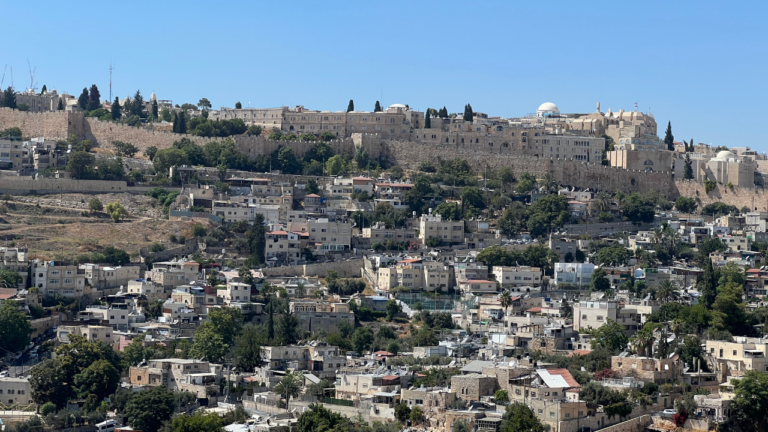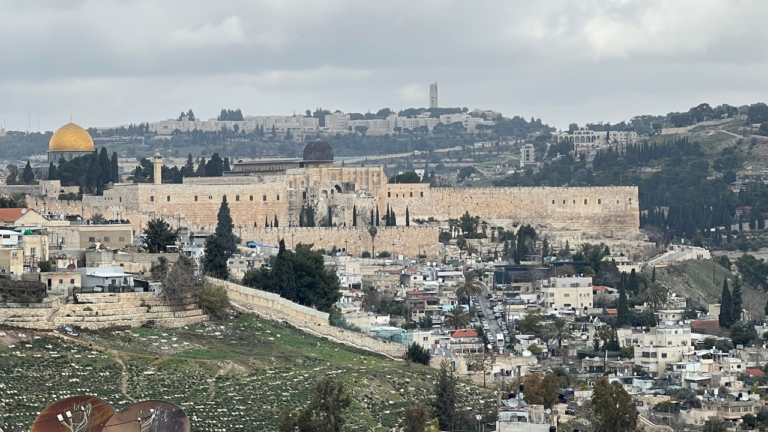His Love Remains
An axiomatic assumption of Chazal and biblical commentaries is that the Torah does not waste any words. Given this reality, the entire end of Sefer Shemot seems quite strange. The Torah already described the necessary details and dimensions of the Mishkan and its vessels in the Parshiyot of Terumah and Tetzaveh. And yet, the Torah in Vayakhel and Pekudei repeats this detailed explanation when describing Betzalel and Oholiav’s practical implementation of the Divine directive. On and on the Torah goes, again relating the dimensions of the vessels, the structure of the Mishkan, and the weaving of the bigdei kehunah.
The Torah could have skipped this repetition entirely, and simply concluded with a very simple, single verse: “All the work of the Mishkan, the Tent of Meeting, was completed, and the Children of Israel did like all that Hashem commanded Moshe, so did they do. (Shemot 39:32)” Instead, the Torah again forays into an elongated, detailed description of Moshe erecting the Mishkan and placing everything in its intended place. These details are also already obvious. Why is the Torah so deliberately stretching out this narrative in such an unnecessary way?
Mori v’Rabi Rav Lichtenstein tz’l would beautifully explain the parshiyot of Vayakhel and Pekudei, starting with a parable. There was once a young man who met the woman of his dreams. They dated and quickly became engaged. The young man was infatuated with his bride to be and could not wait for the day of their wedding. To prepare for their life together, they wrote up a list of furnishings and dishware they wanted to purchase for their apartment. Each item on their list became an expression of their affection for each other. They dreamed of where they would put the couch, the dining-room table, the bed, the coffee machine. The planning of their permanent home together made the soon-to-be wedding seem even more exciting.
On the appointed day, the chattan arrives at the wedding hall, elated and overflowing with happiness. But then, disaster strikes. A messenger delivers the crushing news; the kallah has been unfaithful, and she has called off the wedding at the very last moment. All of the chattan’s dreams and aspirations crumble. Dejected and depressed, he returns home and rips up the list.
Months later, the kallah sends a messenger requesting forgiveness and that the wedding be called back on. The chattan is still heartbroken, but he decides to forgive his beloved. They begin to plan their life together again. But as they write another list, each item only brings pangs of emotional turmoil. The couch and table that used to be an expression of affection and excitement now become reminders of the ultimate betrayal. The chattan goes through with the wedding, but his relationship with his wife will never reclaim the pristine beauty it had before.
So it would be for mortal man, flesh and blood. But not so the Ribbono Shel Olam.
The Mishkan is the intimate rendezvous point between the Divine Chattan and His Kallah. Each aspect of its construction was deliberately planned to create the perfect environment for this marriage to flourish. Hashem prepared for us a chuppah at Har Sinai, ready to consummate our relationship forever. But then, the Kallah betrayed her Beloved by creating the Egel HaZahav. The luchot, the symbol of marriage and loyalty, were shattered at the foot of the chuppah.
But Hashem accepted our teshuva. So much so that he took us back again in marriage. And the construction of the Mishkan began. Why does Hashem repeat every single detail of the Mishkan again? He is showing us that His love for us is unchanged. His acceptance of our repentance is so complete that there are no lingering feelings of resentment and distance. Every single vessel, board, and vestment carries the same enthusiasm, love, and intimacy that it did before the tragic shattering of our first chuppah. אהבת עולם אהבתיך, an everlasting love I have loved you.
The joy of the Mishkan’s construction merely foreshadows the rejoicing of Jerusalem (see Shemot Rabbah 52:5). Jerusalem is the ultimate physical expression of our intimate unity with our Beloved. The keruvim, standing in the epicenter of kedushat Yerushalayim on top of the Aron, were unified in an embrace reminiscent of the intimacy between man and wife (see Yoma 54a-b). But unfortunately, we did not deserve that relationship, and our compounded betrayals caused our exile. Parshat Pekudei reminds us that despite all the pain and confusion caused by this long, dark exile, Hashem’s love for us is unchanged. He still yearns with equal enthusiasm for our return to Jerusalem. He desperately desires the construction of “our home” together, the Beit HaMikdash. And when we merit a complete return to the Divine chuppah, His joy and love for us will be pristine and pure, like the day we first met.
With fervent prayers for the end of Klal Yisrael’s pain and confusion, with the full revelation of God’s love for His people, במהרה בימינו אמן.


